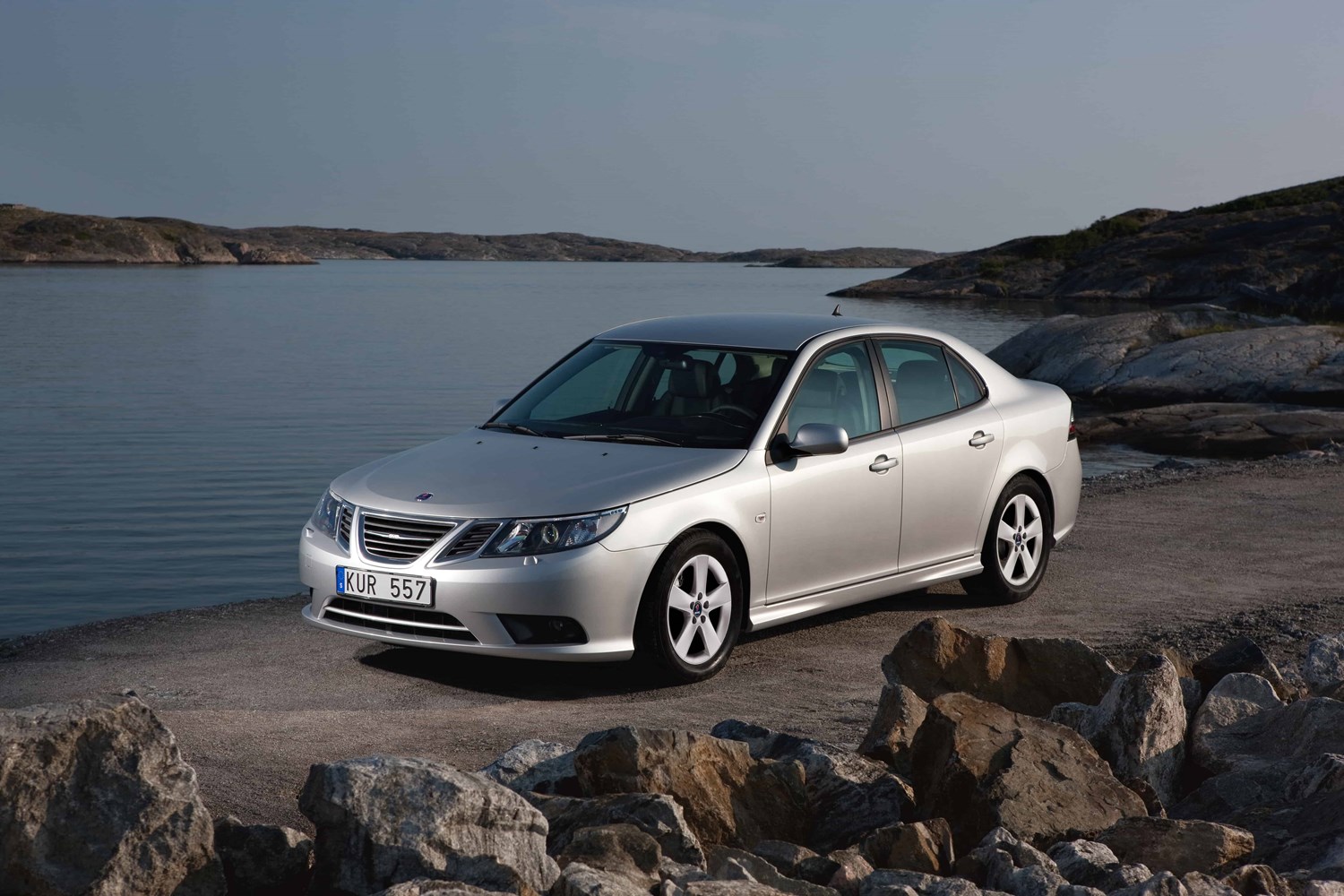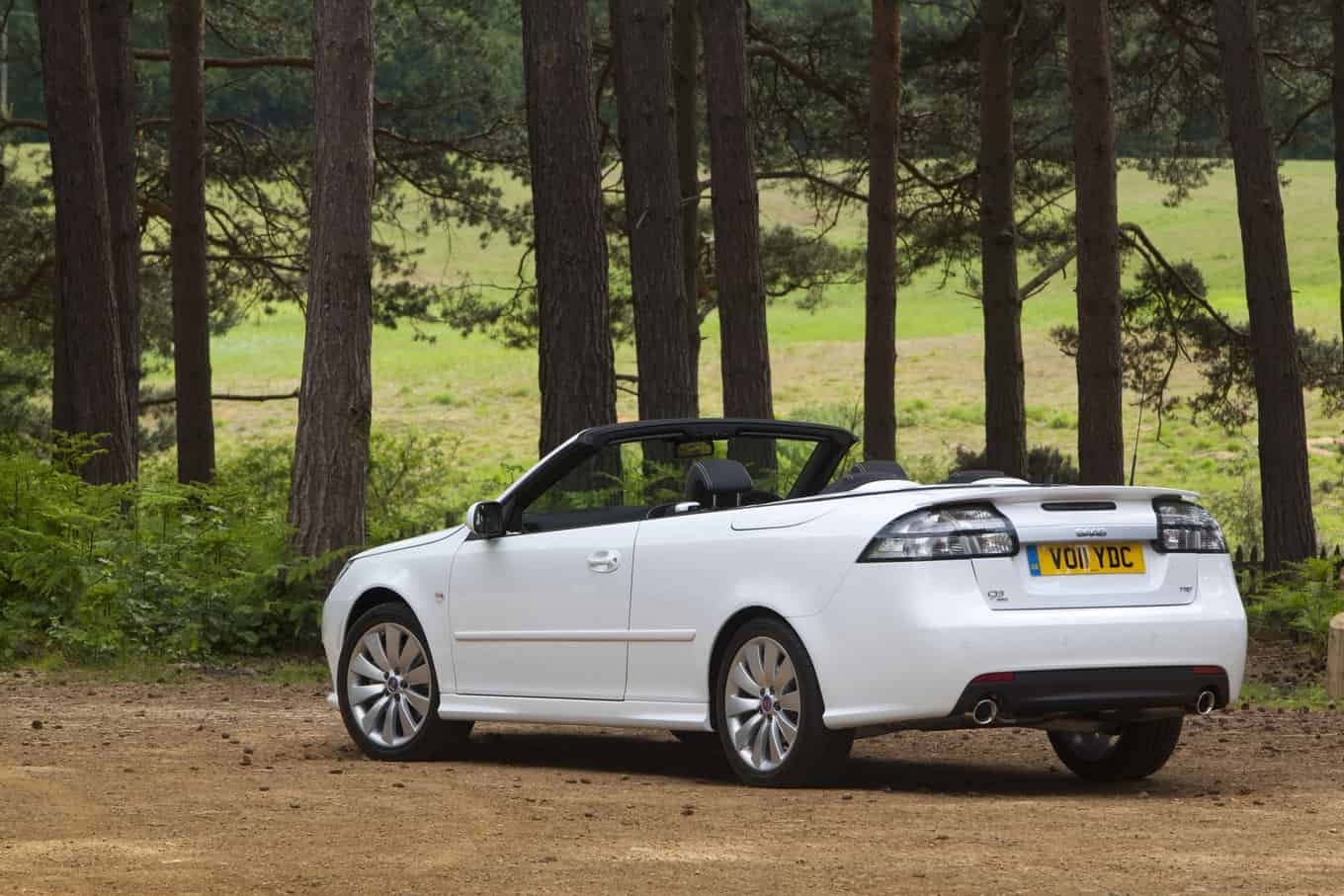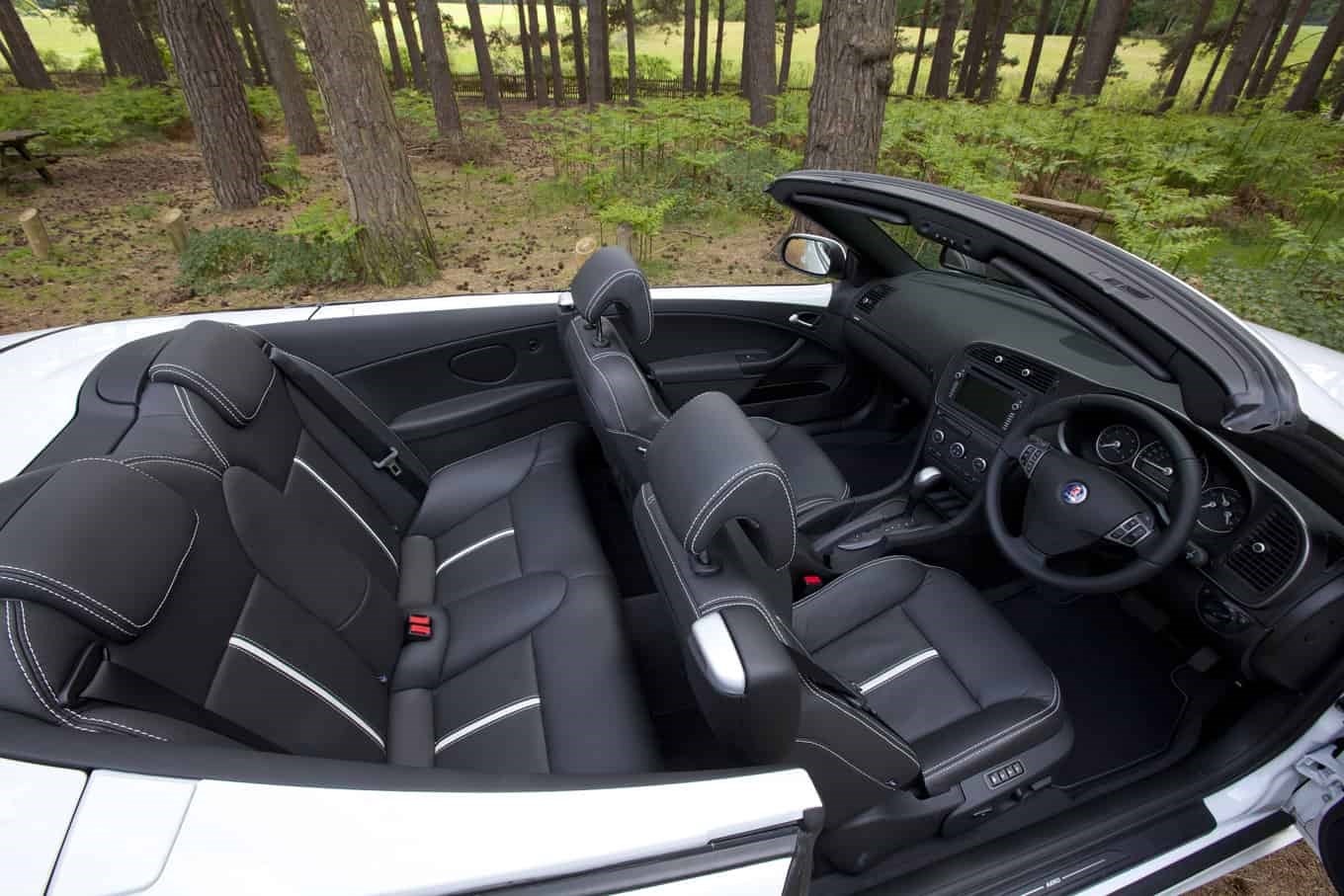Current model
The second-generation car lived a much longer life, receiving a facelift in 2008, and then soldiering on until 2014, when Saab finally went bust after being sold by General Motors, to Dutch supercar firm Spyker, and latterly to a holding firm called National Electric Vehicle Sweden, all within the space of three years.
The engine range was also updated, with the most notable unit being a 2.8-litre, turbocharged V6, which could also be paired with an all-wheel drive system.
While the car was – to put it gently – rather dated upon its eventual fade from existence along with the brand that birthed it. However, there is a cult following for Saab as a whole, as well as the 9-3, and some dealerships even remain as Saab specialists today, meaning that the support network for the car is surprisingly strong.
Value for money
Interestingly, both the first and second-generation models start at roughly £600 for cars with well over 100,000 miles on the clock, of a relatively poor condition.
First-generation models in good condition tend to be worth over £2,000. Surprisingly, we even found a nearly-new on the market with just 2,800 miles on the clock, and despite sporting some aftermarket parts, it was listed at just shy of £20,000 – whether that asking price is too high for even the Saab diehards remains to be seen.
The second-generation, pre-facelift Saab 9-3 can be found with less than 80,000 miles on the clock for roughly £2,000. That is a figure that can easily double for a car in good condition.
Meanwhile, examples of the face-lifted car start at £1,500 for an example with close to 100,000 miles on the clock, though a majority of the cars in a decent spec are typically over £2,500.
Sub-50k milers start somewhere around the £4,000 mile mark, and the last UK cars from 2011 and 2012 tend to go for about £6,000 if they are in good condition.
Looks and image
The Saab is styled relatively conservatively, in-line with all of its junior saloon rivals of the time.
And, while it was relatively on-par when it debuted in 2002, the 9-3 had definitely lost track of its competition by the end of its run, despite the update of 2008.
The interior could best be described as ‘knocky’, with cheap dashboard materials that take away from the premium feel it was aiming to achieve against the might of its largely German competition.
Behind the wheel, the comfort of the 9-3 is striking. The seats are a noted strong point in almost every published review of the car, and a softly sprung, supple ride means it is ideal for long-distance drives.
Its engines perform well, and while the diesels can be a little bit rough under acceleration, the high-spec petrol units are sublimely smooth.
And, particularly if you can track down the all-wheel drive, 276bhp version of this car, it can be something of a ‘sleeper’; that is to say, it’s capable of some proper performance, in spite of a relatively sedate look.
Sadly, driving the 9-3 isn’t as precise or rewarding of an experience as its primary rivals, but it’s perfectly acceptable for every day, and it does of course stand out from the German monotony in the saloon market.


